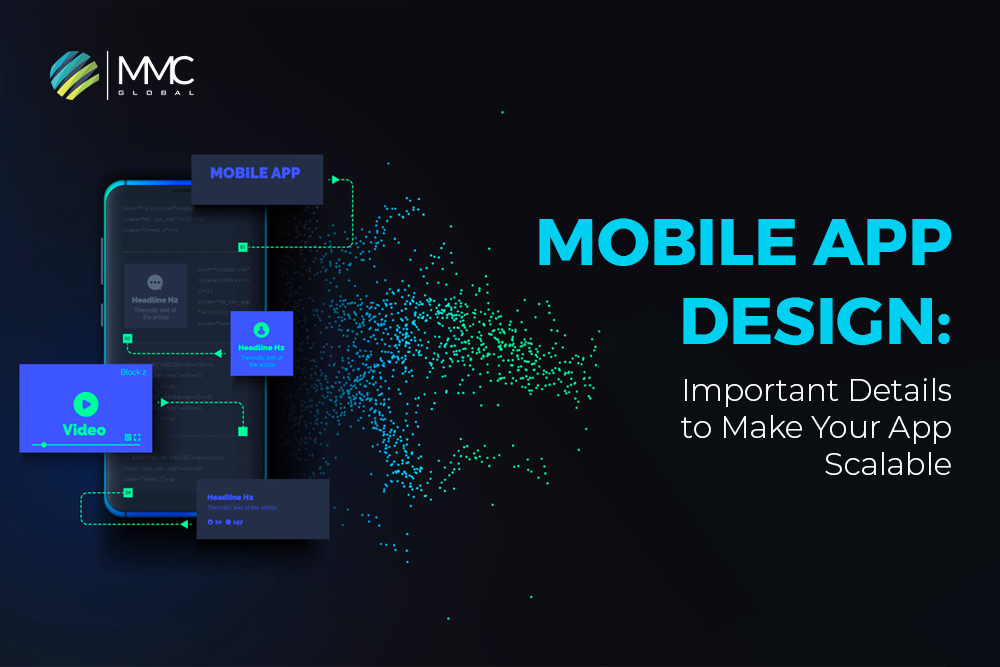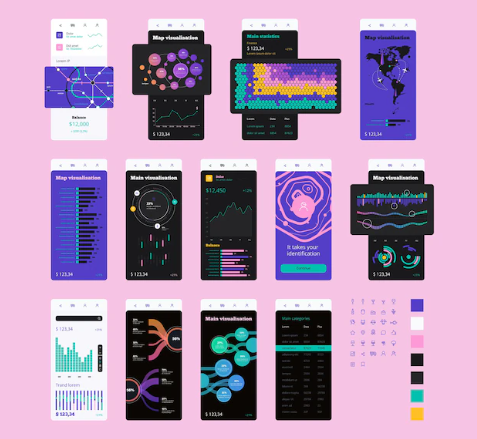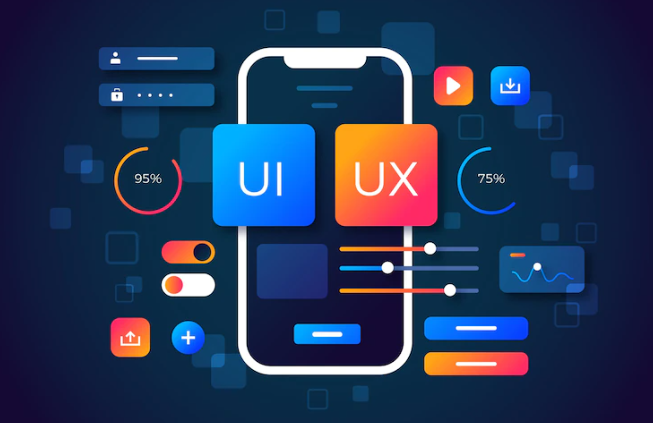Mobile App Design: Important Details to Make Your App Scalable


The look does not just define the mobile app design; only look is not the thing that matters to the end-users. There is more than that!
When we talk about mobile app design, it means functionalities, navigation, clickable buttons, end-to-end usability, colors & themes, fonts, and all those things that make the user experience meticulous.
To sum up, all the elements that shape a mobile app design in one frame are its UI UX design. UI stands for user interface, and UX stands for user experience. Surprisingly, they associate with each other, but they have their own functionality and importance in mobile app design.

At this point, we have to know the importance of UI UX design for mobile app development; let’s see the key stages of mobile app design.
Read more: 7 Unforgettable Reasons For Exceptional UI UX Design For Mobile Apps
Market Analysis & Ideas Generation
Before stepping up, you have to be clear about your mobile app. There are a few things that need to be decided at this point. In short, you build a roadmap of your mobile app design and development so that everyone keeps in the loop to build a successful app. Here are a few things that you need to know:
What will be your audience, and What is the end goal of your app?
The mobile app can be a grocery app, game app, shopping app, healthcare app, etc. Be specific while choosing your audience. Your mobile app design is highly dependent upon your audience’s mindset.
For which device are you going to build your app?
It is essential to know which OS you will build your app on. If you cater to your US-based audience, iOS mobile app development will be good for you. On the other hand, if you launch your app globally, you need to consider iOS and Android device users.
What will e your mobile app development approach?
There are three types of development approaches for mobile app development.
Native app development: It gives a native feel to your app because it specifically builds for a particular platform and is compiled using the platform’s core programming language and APIs.
Hybrid app development: It supports multiple platforms after writing a one-time codebase. If you are building an app for a specific platform, you can associate with the same codebase for future accommodation.
Cross-platform app development: It is close to hybrid app development but different. It creates code one time and uses it for multiple devices such as iOS, Android, and others.
What tech stack are you going to use?
Deciding the tech stack, according to the present and future requirements, is crucial. Think about the existing and upcoming functionalities that can be added in the future to make your app scalable.
UI Design & Prototyping
Get the first step right! The development comes after designing, as it gives the developers a direction of what your app should look like. Once developers know the actual app’s structure, they can easily convert the design into the coding language. All credit goes to UI UX designers who give the first sketch of the app to make it a successive application.
What is UI UX Design?
UI and UX are different terminologies, but they depend on each other. UI or user interface refers to building app interfaces focusing on styling and interactivity. At the same time, UX or user experience is the feel and looks of an app that comes after designing the user interface of an app. The perfect your user interface will be, the excellent user experience you can provide to your end-users.

You can consider an initial step of mobile app development because you need UI UX design to start development. It gives the pillar concepts to the developers so they can turn all visual design into a programming language to run on mobile devices.
Steps to take In UI UX designing
Gather all requirements
This step will help designers know your client’s needs after gathering a client’s requirements. Developers and designers come to the same platform and decide the features and functionalities related to the application. The next step will be market analysis, setting out a budget, and mentioning the project’s timeline.
Low-Fidelity Wireframe Design
The designer and developer decide the user flow to make navigation easy. Creating flow charts and low-fidelity wireframes can help build an organized user flow.
High-Fidelity Prototyping Design
Now, it’s time to create a high-fidelity wireframe with the implementation of the best wireframe tool to make it a realistic and functional design.
UI UX Design Testing
After designing the whole concept into a visual, the designer tests user flow and functionalities. The entire review and testing process will help include and exclude extra stuff. Once testing is completed, it will hand over to the developers.
Read more: 5 Essential Practices for Designing a Mobile app user experience (UX)
Are you ready to make your app a success?
Although I’ve covered the most frequent points and steps in the mobile app design process, each project has unique details that may raise additional issues and necessitate further activities on your part.
To make flawless app UIs, you need an experienced and professional UI UX designer team to help you complete your app development process. At MMC GBL, you will not need to hire a team to start your app development, but you can hand over your project to us; we will take care of the whole app development process, including research, prototyping, designing, developing, testing, and launching. You can see our portfolio of happy customers!
Contact our mobile design team for a consultation if you believe these choices are causing uncertainty and preventing you from commencing your mobile app development project.



